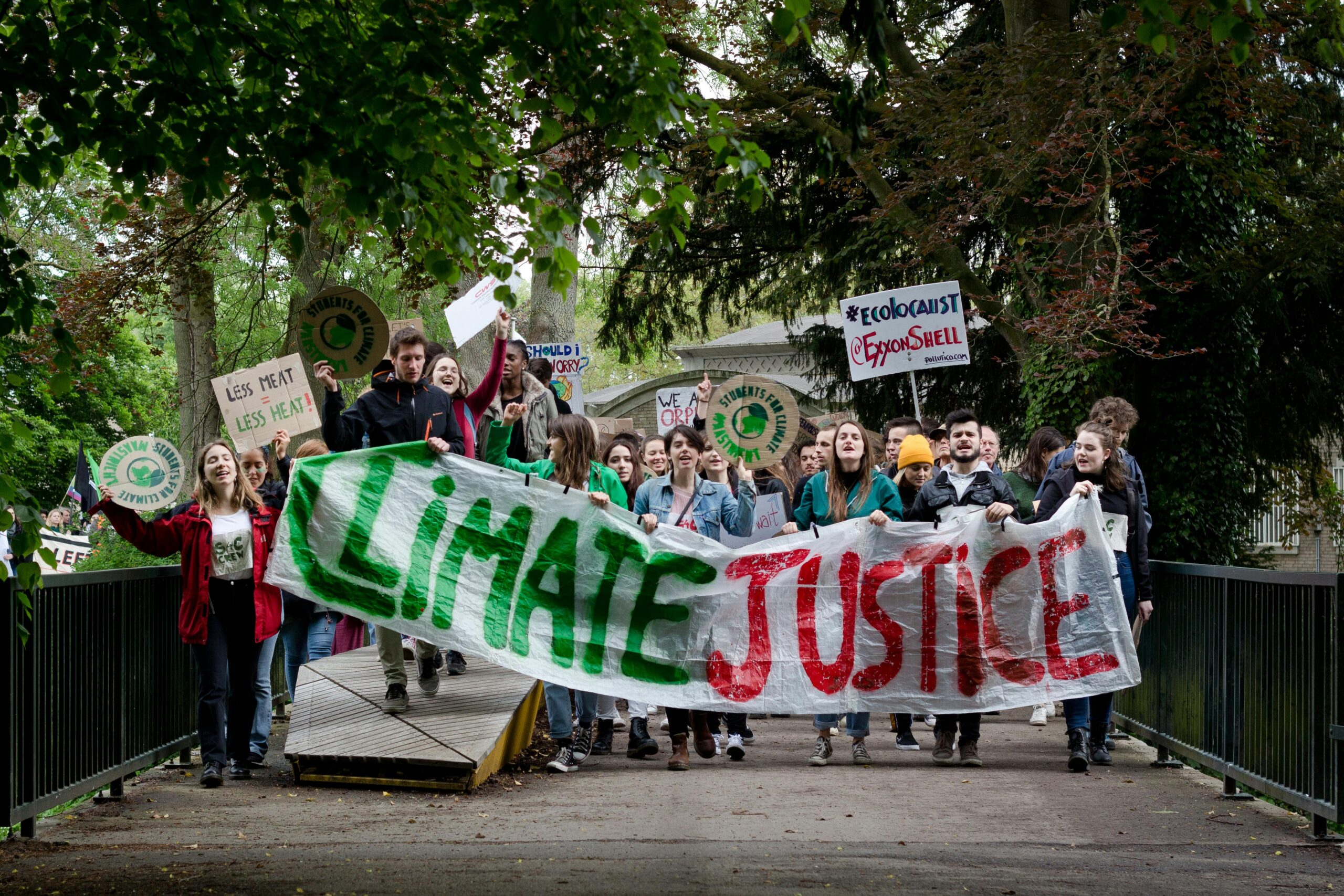It’s not uncommon for people to buy vacation homes they may only visit a few times a year. What about a house you’ve never been to before? Isn’t there something that doesn’t exist?The demand for digital files marketed as “nonfungible tokens,” or NFTs, has exploded this year, with the most notable sale being a $69.3 million artwork by Beeple at a Christie’s online auction in March. However, virtual real estate, architecture, and design are booming as well.HrishLotlikar, the co-founder and CEO of SuperWorld, an augmented reality virtual world, said the company had already sold “thousands of assets” in 2021, with users spending an average of $2,000 on the app.
SuperWorld is a virtual world that is geographically mapped onto the real world, divided into 64 billion plots of equal size that cover the entire globe. As a result, a person could theoretically own virtual land that included the Eiffel Tower, the Colosseum in Rome, and prime commercial real estate in Lower Manhattan. Mr. Lotlikar, who has nearly 50 virtual properties on his own website, including one encompassing the Giza pyramids in Egypt, Piccadilly Circus in London, and several blocks in Manhattan in and around Times Square, said, “Some of those iconic properties people purchased right at the beginning.” “However, everybody has special locations, regardless of where they grew up.”
Unpurchased 100-meter by 100-meter plots on SuperWorld cost the same amount — 0.1 Ether, or $250 based on the cryptocurrency’s current value. Many of Marcus Fairs’ readers have resisted the trend, according to Marcus Fairs, the founder and editor-in-chief of Dezeen, an architecture publication that has covered the field of virtual design marketed as NFTs. “We get a lot of angry commenters who say things like, ‘So stop, will you?’ ‘” said Mr. Fairs. “It’s nonsense to a lot of people.”
Isn’t it true that the most important feature of a home is to provide physical shelter? What is a virtual sofa good for if not to lie on it? The realistic use case is similar to Lunar Property, a business that sells land on the moon (comedian and “Monty Python” alum John Cleese recently mocked the NFT craze by offering an NFT of an iPad drawing of the Brooklyn Bridge for $69.3 million, likening it to a classic huckster sales pitch).
It’s difficult to say if virtual real estate and architecture are a passing fad or the way of the future at this stage. For one thing, Mr. Fairs is fascinated by the possibilities. He said, “I believe the movement behind it is valid.” “Clearly, we’re rapidly approaching a point where a virtual world can do anything a real world can.”If you’re puzzled by people paying real money for virtual property in a virtual universe, consider that Mars House, dubbed “the world’s first NFT digital house,” recently sold for 288 Ether ($512,000).










